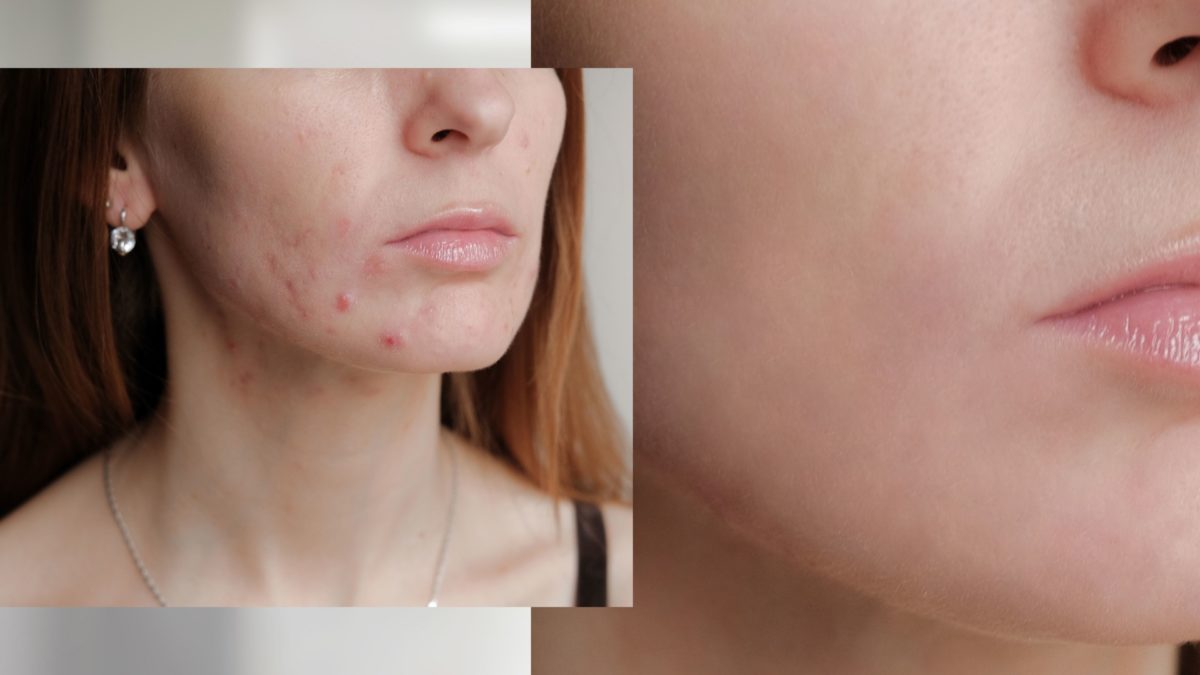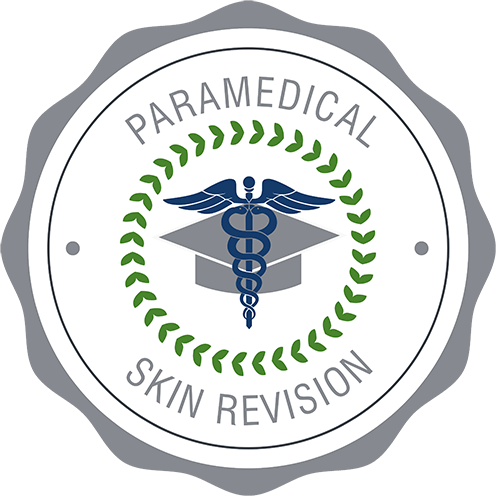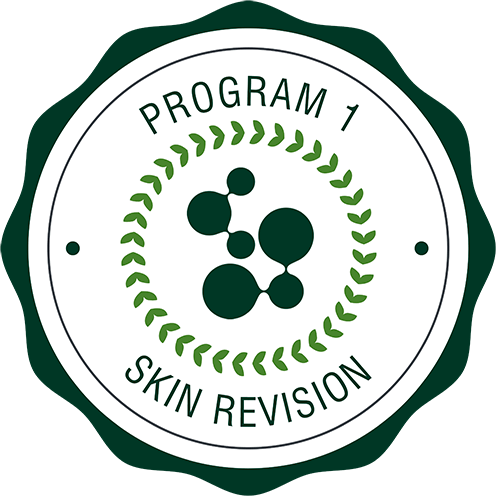Blog

Skin and Hormones: The Real Story
Hormones get blamed for a lot of things: Bad dates, bad skin, and even bad days. But your hormones are actually a powerful part of the endocrine system. They play a complex role in our body, and if you want terrific skin, you need to understand the role that skin and hormones play. SPA Melissa Allen can be your guide to better, healthier skin, hormones and all!
The Endocrine System
Think of the endocrine system as the body’s messenger. Different organs and systems in the body tell the endocrine system what they need. The endocrine system responds by creating hormones, sending them where they’re needed, and regulating how much to release. The endocrine system is responsible for almost every function of the body.
But did you know that the skin is considered an organ in the endocrine system? Skin is involved in both the production and regulation of hormones. Our skin can signal the body to create hormones it thinks it needs due to the hormonal receptors in the oil and sweat glands. No wonder hormonal disruptions can often show up in our skin!
Monthly Hormones
Women often notice changes to their skin based on their menstrual cycle. There are times in your cycle when your skin may be more oily or when you’re more prone to breakouts.
During the follicular phase, at the beginning of the cycle, estrogen and serotonin levels elevate. Your skin might look brighter, and you might feel better, too! If you breakout during the follicular phase, it may be due to an imbalance in the gut bacteria or inflammation in the body.
At ovulation, testosterone and estrogen begin to decrease and progesterone increases. If you find yourself breaking out during this stage of your cycle, your liver may not be breaking down estrogen the way it should.
After ovulation, the luteal phase occurs. Your hormones fluctuate, and you might experience cravings. Giving in to cravings for unhealthy foods can lead to breakouts too. Eating foods high in EFAs and taking EFA supplements like DMK’s can help.
During menstruation, estrogen and progesterone are naturally low, making skin appear more dull and dry. If you’re breaking out during this phase, it may be a lack of magnesium and calcium.
Menopause
Menopause can cause new trouble for the skin since there is so much change in the body and in hormone levels. Menopause happens when women have gone 12 months without a menstrual cycle. This transition phase can last 2-3 years. But before that happens, perimenopause is when the body is gearing up for that change. Postmenopause is after the 12 months have passed, but hormones can still be adjusting for 4-5 years afterward.
Estrogen is the primary hormone that decreases during menopause. Less estrogen means that the skin can experience thinning, sagging and wrinkling. During the first five years of menopause, there’s a 30% reduction in collagen creation, and it continues to decrease by 2% every year.
Androgen can react to the lack of estrogen, causing breakouts. It’s essential to keep a consistent skincare routine with a trusted esthetician who can help you choose the right skincare products and treatments for your needs during this time.
PCOS
Polycystic Ovarian Syndrome is a hormonal condition experienced by some women in which the ovaries produce too much androgen. This can cause cysts in the ovaries, reduce ovulation and cause irregular periods. Symptoms include excess body hair, weight gain and acne.PCOS is a kind of insulin resistance, which means the body does not respond to insulin appropriately.
Not all women suffer from acne with PCOS, but it is a common symptom. If you struggle with PCOS-related acne, it can look like knots underneath the skin and lesions that appear during your menstrual cycles. The acne shows up in hormonally-charged areas like the neck, jawline, chin and cheeks.
If you notice your acne and breakouts getting worse with sugar, it may be due to inflammation in the body caused by insulin resistance. Excess androgen production can cause more sebum (oil) to be created, leading to breakouts.
Lifestyle changes like monitoring your diet, drinking more water, and taking EFAs are great ways to treat PCOS. But you’ll still need proper treatment and homecare for your skin to be at its best.
Hyperpigmentation
Hyperpigmentation can be caused by external or internal causes. External causes could be from things outside the body, like sun damage. But some hyperpigmentation is due to hormones (indicating the presence of an internal dysfunction). Internal hyperpigmentation is also sometimes referred to as passive hyperpigmentation. Something is happening inside of our bodies to stimulate more pigment.
When treating internal hyperpigmentation, it’s important to find the underlying cause. Sometimes it’s called by pregnancy (called melasma) or by other non-pregnancy hormones (called chloasma). Internal hyperpigmentation can be a tricky condition to treat since surface treatments like chemical peels and exfoliants won’t treat the underlying condition. Finding your hyperpigmentation triggers and causes is key, and then finding the right skincare products and treatments are next.
Hormones are tricky, complicated, amazing parts of our body. But if you’re having trouble with breakouts, hyperpigmentation, or signs of aging, you don’t have to figure it out on your own. We can help!
Make an appointment with us at SPA Melissa Allen, and we can help you revise your skin to be healthy and beautiful, no matter what stage of life you’re in!
10 Years Younger in 10 Days
Want to significantly and quickly revise signs of aging but do not want to commit to invasive surgery or procedures? SPA Melissa Allen’s 10 Years Younger in 10 Days is the...
Book NowDMK Enzyme Treatments
DMK Enzyme Treatments work to oxygenate, detoxify, and improve your skin's ability to function by removing dead skin cells and impurities trapped in the skin. The results are brighter, younger-look...
Book Now


